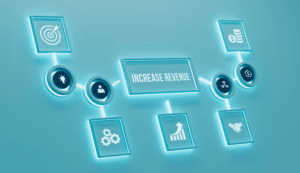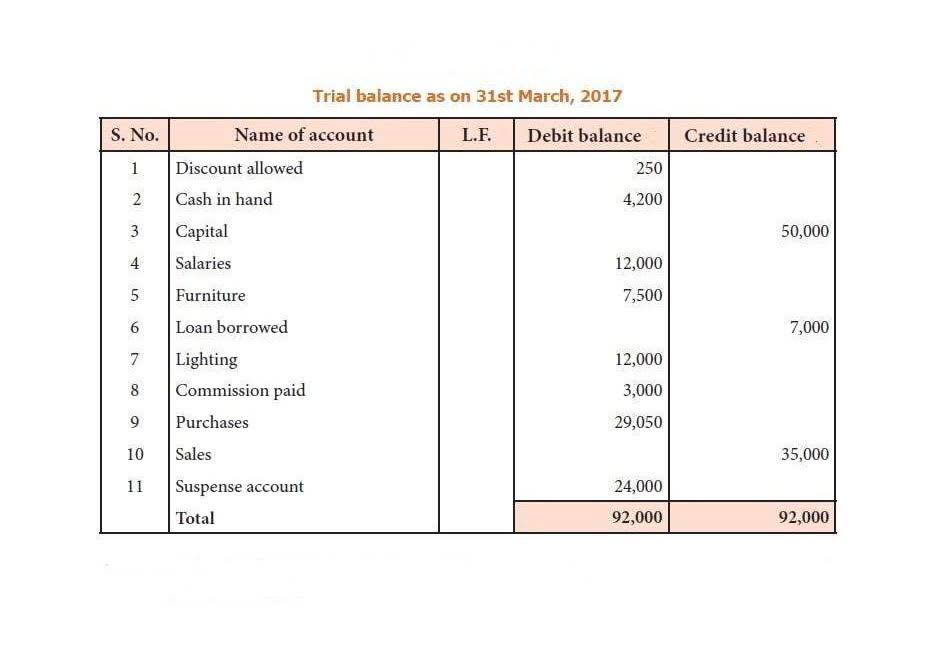
Learn more about these concepts and how to forecast financial performance by taking an online finance course, such as Strategic Financial Analysis. If the ratio is 20%, for instance, that means that $0.20 of each dollar of revenue is kept while $0.80 is charged to the cost of goods sold. The balance might be used to settle what are retained earnings debts, rent, overhead, general and administrative costs, interest costs, and other charges.
Gross Profit Margin Ratio vs. Return on Assets (ROA)
Businesses subtract their COGS as well as ancillary expenses when calculating net margin and which ratio is found by dividing gross margin by sales? related margins. Some of these expenses include product distribution, sales representative wages, miscellaneous operating expenses, and taxes. Gross margin focuses solely on the relationship between revenue and COGS, but net margin or net profit margin is a little different. For example, if the ratio is calculated to be 20%, that means for every dollar of revenue generated, $0.20 is retained while $0.80 is attributed to the cost of goods sold. The remaining amount can be used to pay off general and administrative expenses, interest expenses, debts, rent, overhead, etc. The ratio indicates the percentage of each dollar of revenue that the company retains as gross profit.
COGS Margin

A higher gross margin means that a company has more revenue available to allocate towards covering other costs, such as marketing expenses, research and development, and paying off debt. This increased cash flow can contribute to the overall financial health of the Sales Forecasting business and potentially lead to improved profitability in the long run. Gross margins vary significantly across industries, with service-based businesses generally boasting higher gross margins compared to manufacturing companies due to minimal COGS. For instance, technology firms typically exhibit high gross margins since their products mainly consist of intellectual property that comes at a low cost. Conversely, manufacturers face larger COGS due to the need for raw materials and labor, resulting in lower gross margins.
- Companies and investors can determine whether the operating costs and overhead are in check and whether enough profit is generated from sales.
- Take your learning and productivity to the next level with our Premium Templates.
- To negotiate better supplier contracts, you may need to shop around for different suppliers, leverage your purchasing power, or build stronger relationships with your existing suppliers.
- Suppose you’re tasked with creating a five-year projection model of a company’s cost of goods sold (COGS) and gross profit given the following historical income statement data.
- Neither GAAP nor the SEC requires that such information be disclosed — and it isn’t!
How to Calculate Profit Margin

In financial analysis, understanding profitability metrics is essential for assessing a company’s health and performance. This ratio provides insight into a company’s ability to produce profit from its core operations, excluding overheads, taxes, and other non-operational costs. It is similar to gross profit margin, but it includes the carrying cost of inventory. Two companies with similar gross profit margins could have drastically different adjusted gross margins depending on the expenses that they incur to transport, insure, and store inventory. This example illustrates the importance of having strong gross and operating profit margins.

- Sometimes this is unavoidable; you will need to pay for supplies, website hosting, employee salaries, and many other expenses.
- This ratio indicates that 40% of the sales revenue from this product contributes to covering fixed costs and generating profit.
- Investors use gross margin as a benchmark when evaluating companies’ profitability, particularly during market analysis or comparing businesses within the same industry.
- Earnings before interest and taxes (EBIT) is a figure which shows the profitability of a company from its operations after excluding non-recurring items.
In healthcare, compliance requirements and fluctuating reimbursement rates can compress margins, whereas the software industry benefits from scalability and lower marginal costs, leading to higher margins. Similarly, manufacturing companies face environmental regulations that increase operational costs, while banking institutions must adhere to capital ratio requirements that affect profitability. Understand how the net income to total sales ratio offers insights into a company’s profitability and efficiency across different industries. Next, the gross profit of each company is divided by revenue to arrive at the gross profit margin metric.




 Facebook
Facebook Instagram
Instagram Yelp
Yelp